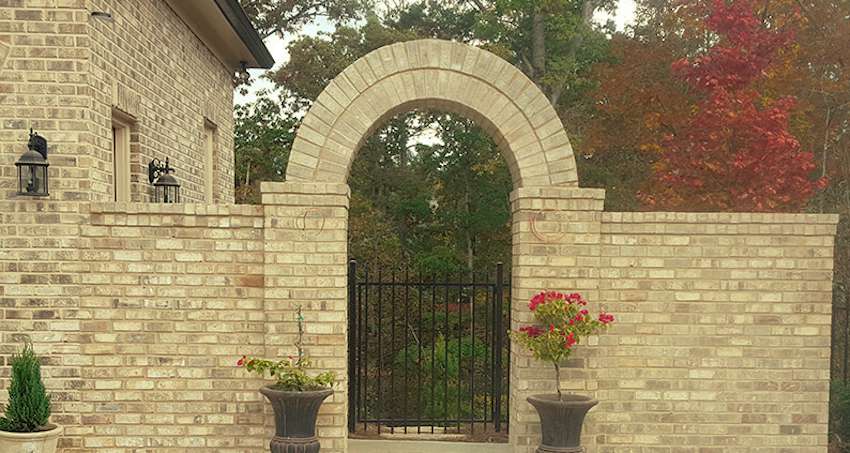a) Appearance and general structure:
Stones used for face work should have homogeneous color, should be resistant to weathering agencies and must be able to receive polish.
b) Weight:
Stones should be dense and less porous; good building stones should have a specific gravity between 2.4 and 2.8. When used for domes, roof coverings, etc., lighter varieties of the stones are preferred.
c) Hardness and toughness:
Stones used in floors and pavements should be hard enough to resist abrasive forces caused due to wear and friction. They should also be tough enough to withstand stresses developed due to vibrations of machinery and moving loads over them.
d) Durability:
Stones should possess natural durability to withstand the destructive effects of various agents continuously operating on them. The durability of a stone depends upon the relation between its chemical composition and the atmospheric surroundings. The durability of the stone also depends on the texture of the stone. Crystalline homogeneous and close-grained varieties of stones with dense structure should be selected for good works. The surface of a freshly broken stone should be uniform in texture, color, and hardness
e) Fire-resistance
The minerals composing the stone should be such that the shape of the stone is preserved when there is fire. Limestone resists fire up to a temperature of 800°C. Sandstone with silicates as binding material can resist fire very well.
f) Workability
The stones should be such that they can be easily carved, molded, cut and dressed. It is an important consideration from an economic point of view. However, this property of stone as opposed to its strength, durability, and hardness. Hence, it is to be properly correlated with respect to the situation in which the stone is to be used.


